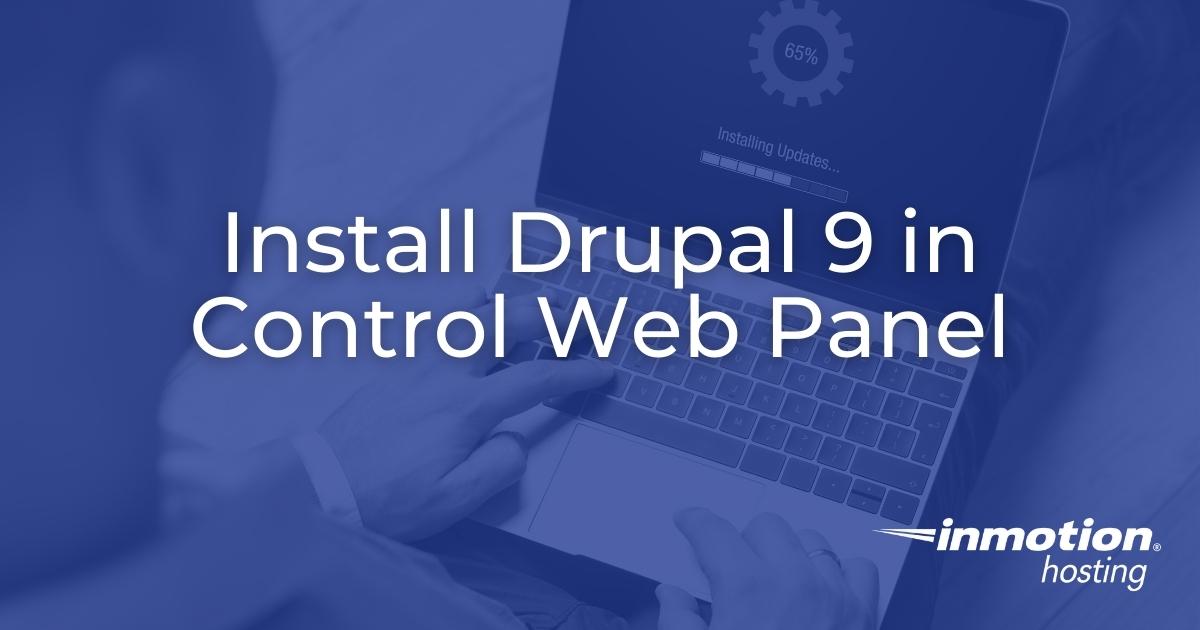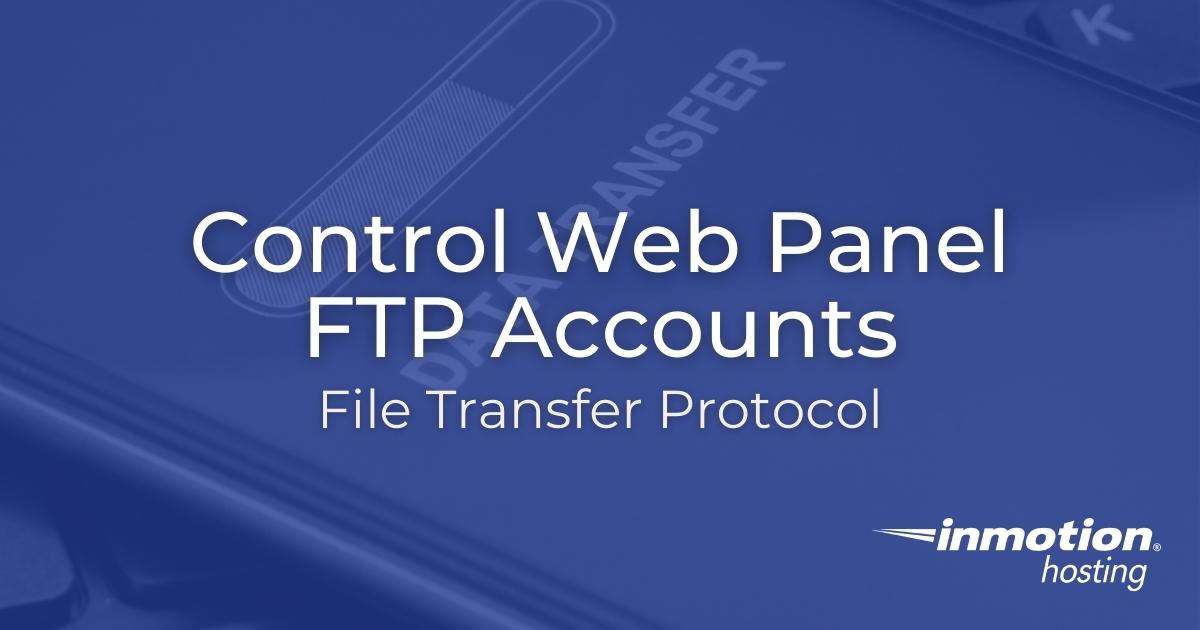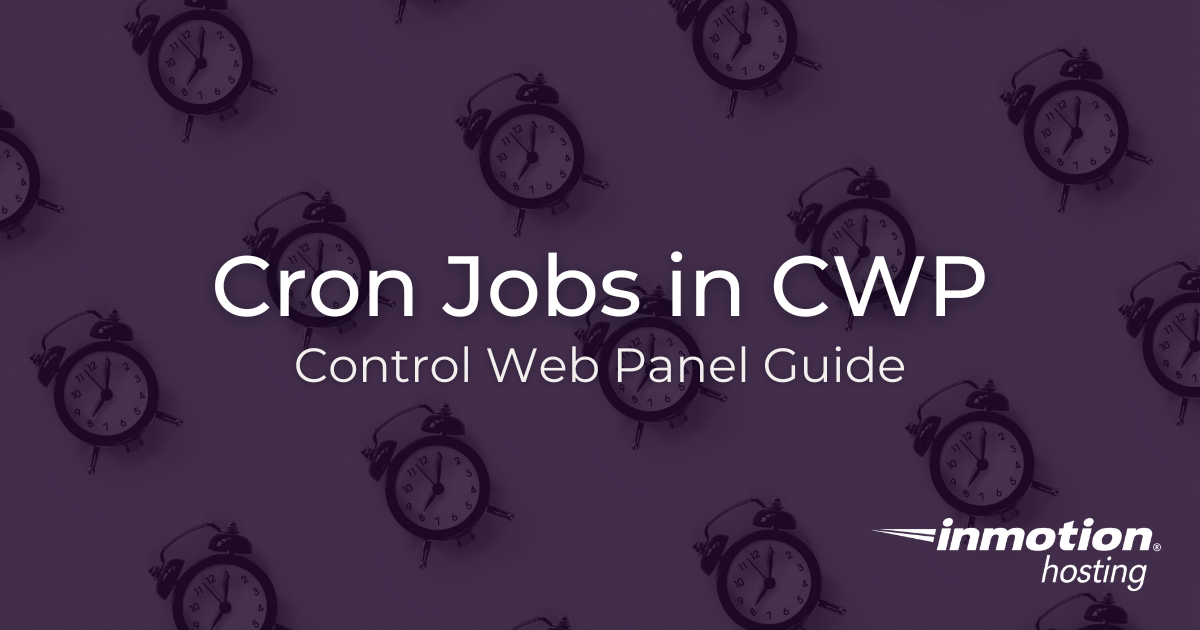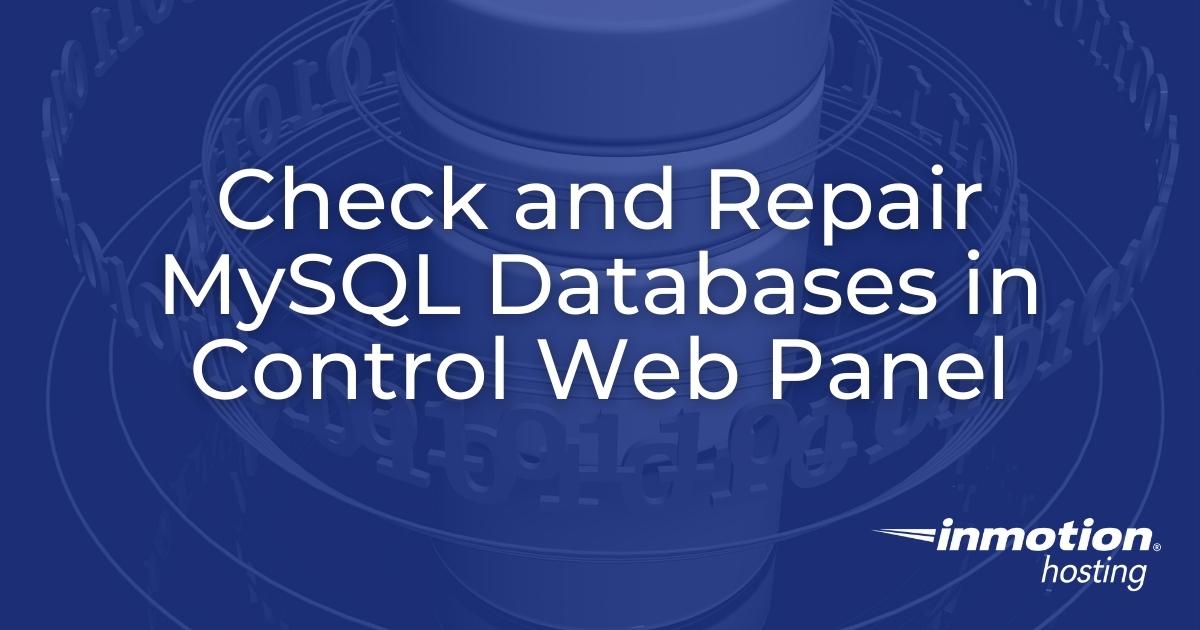Drupal is a popular content management system (CMS) for security conscious professionals who want to develop highly customized backend solutions and integrations. InMotion Hosting is a trusted Drupal host and contributor, with years of experience supporting Drupal users globally. Below we’ll cover how to install Drupal in Control Web Panel (CWP), formerly known as CentOS Read More >
Search Results for:
Using Simple History
If your organization has multiple users working out of the same WordPress site, keeping track of changes can be difficult. While WordPress contains a few tools to help you keep track of changes made on pages and posts, you may find that insufficient for your purposes. If you are looking for a tool that will Read More >
URL Structure for SEO
Making sure your website has a clear and straightforward URL structure is a great way to make your website easier for humans and search engines to navigate. In this article, we will break down URL structure, explain why it matters for your website and its SEO, and share some best practices for structuring URLs. What Read More >
Control Web Panel (CWP) FTP Accounts
File transfer protocol (FTP) is a popular method for uploading and downloading data between your web server. The biggest reason for its popularity is that FTP desktop apps are easy-to-use graphical file managers. Secure Shell (SSH), on the other hand, requires some Linux command-line knowledge and might require a lot of setup time to get Read More >
How to Add Title Tags in The SEO Framework
Title tags, also known as meta titles and page titles, can have a big impact on your site’s overall SEO. Thanks to helpful WordPress SEO plugins like The SEO Framework, title tags can be added without much effort on your part. In this article, we will teach you how to add title tags using The Read More >
Adding Meta Descriptions with The SEO Framework
Meta Descriptions are your chance to entice searchers to click on your content, and writing good meta descriptions can help boost your site’s SEO. With the help of WordPress plugins such as The SEO Framework, you can add and edit meta descriptions quickly and easily. This article will teach you how to add meta descriptions Read More >
Control Web Panel (CWP) Cron Jobs
Crontab, short for “cron table,” is a Linux program for maintaining and scheduling cron jobs. Common tasks you might automate include: When only using the terminal, novice programmers may find themselves researching cron job syntax for their preferred schedule since “* * * * *” doesn’t include any contextual clues. Control Web Panel fixes this Read More >
Measuring Keyword Density With Yoast SEO
Keyword density measures how many times you use a keyword in a piece of content compared to the total amount of words on that page. In the Yoast SEO plugin, this is known as keyphrase density. In this article, we will show you how to find and manage your keyphrase density using Yoast SEO. How Read More >
How to Install Ajenti Server Admin Panel
Ajenti is a powerful, lightweight control panel for Debian, Ubuntu, and Enterprise-based Linux servers like AlmaLinux. Ajenti developers state that the web panel may work on other *nix-based distributions but recommend using the manual installation method to do so (not covered in this tutorial). Built with Python and JavaScript, when you install Ajenti you actually Read More >
Keyword Density in Rank Math
Keyword density is a metric that measures the percentage of times a keyword appears on a page compared to the total number of words on that page. With the help of useful plugins such as Rank Math, you can automatically track a piece of content’s keyword density directly from your WordPress page editor. This article Read More >
Optimize Accessibility with the Zeno Font Resizer Plugin
The Zeno Font Resizer plugin recently made our list of great free accessibility plugins, so I decided to try it out. We’d featured it already, and I was hoping to find a lighter-weight option for text resizing. Comprehensive, all-in-one plugins like One Click Accessibility include text sizing features, but the all-in-one approach isn’t always the Read More >
How to Fix the Server Error with iPhone Mail or Other iOS Mail Clients
If you are using the iPhone mail client or other Apple devices using iOS to access email, then you may be seeing issues with sending or receiving email. The main issue is that the mail client “cannot verify server identity“. This is mainly happening in recent releases of Mac iOS 10.2x and it affects both Read More >
Using the PublishPress WordPress Plugin
One way to manage your editorial workflow within your WordPress dashboard is through the use of the PublishPress plugin. This plugin contains a number of features that will make it easier than ever to manage editorial workflows and create meaningful, quality content for your WordPress website. Whether you work alone or with a team, PublishPress Read More >
301 Redirects WordPress Plugin
While it is possible to manually create 301 redirects for URLs that are no longer in use via the .htaccess file, you may find this process time-consuming. This is particularly true in cases where multiple redirects are necessary, which is where redirection plugins come in handy. One such plugin is the 301 Redirects WordPress plugin. Read More >
Redirection WordPress Plugin
One way to re-route traffic from defunct or unpublished WordPress pages and posts is by creating 301 redirects. While it is possible to set up these redirects via the .htaccess file, you can use one of a variety of plugins to easily and quickly create redirects within the WordPress dashboard itself. A popular redirection plugin Read More >
Using the Oasis Workflow WordPress Plugin
If your WordPress website has multiple users that produce and edit content, it can be difficult to keep track of content production and editorial workflows. To assist with this, the Oasis Workflow WordPress plugin provides a number of features that will help you organize editorial workflows and keep track of content updates on your site. Read More >
Using the Pre-Publish Checklist WordPress Plugin
One way to ensure that all of your WordPress posts meet your editorial workflow requirements is by creating checklists that contain all of the necessary criteria. These checklists can be referred to during the content production process or just before you publish as a final step in the review process. While it is possible to Read More >
How to Remove Tags from WordPress
The longer your blog exists and the more posts you continue to add to your blog, the more tags you may end up having in your Tags list. There may be situations where you need to remove tags that no longer need to be on your site. The following tutorial shows how to delete tags. Read More >
How to Repair MySQL Databases in Control Web Panel (CWP)
As flexible as dynamically generated sites are, they aren’t without potential issues. There’s bound to be an instance of database corruption at some point between web server requests and complex PHP executions. This is why it is important to know how to repair MySQL databases on your Control Web Panel (CWP) server. We’ll also cover Read More >
Keyword Density: Does it Matter for SEO?
Keyword density is essentially how many times you use a keyword or keyphrase on a webpage. It has long been thought of as an important ranking factor for Google, and an essential method for helping a webpage’s ranking, but it is not as important as it once was. In this article, we will explain keyword Read More >




